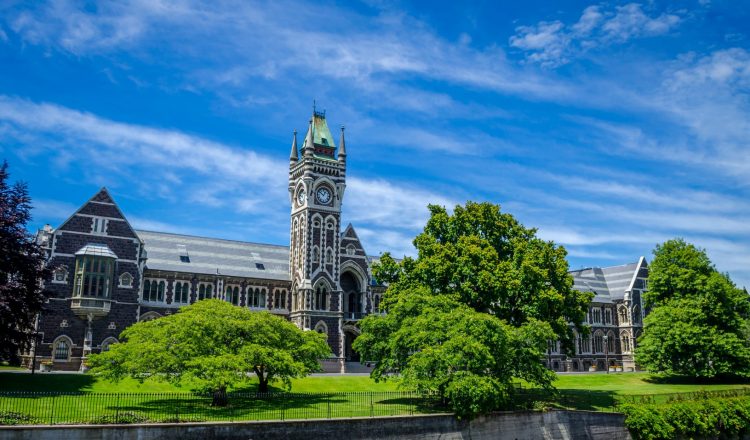在哪里学习
在哪里学习的问题非常复杂,因为没有人突出的地点。在选择学习目的地时,你应该考虑许多选择。尽管大多数教育代理人都会尝试引导你前往奥克兰,但还有许多其他同样好的选择:
哪一年组
如果学生将报名参加高等教育,那么学习地点显然仅限于有高等教育提供者的地点。奥克兰拥有最多的三级提供者的城市是奥克兰,其中奥克兰大学是其中最多的。还有许多其他城市有大学和技术学院。
如果学生要进入小学或中学教育,新西兰各地都有更多的机会。新西兰资格管理局(NZQA)对学校进行管理,这意味着无论你去哪里,你都将获得类似的教育质量。
整个新西兰地区都有很多机会
语言和文化沉浸
如果学生的目标是体验当地文化,那么去一个国际学生人数不多的城市是有意义的,这意味着奥克兰可能不是最佳选择。80% 的国际学生选择在奥克兰学习,意思是中国和印度语言和文化某些机构超过了猕猴桃文化的水平。
在小学和中学阶段,大多数学生都在奥克兰入学,其中值得注意的是惠灵顿和汉密尔顿。
在高等教育层面,但尼丁和北帕默斯顿等城市的国际学生人数相对较少。
生活
作为新西兰几乎任何地方的生活方式地点都很棒。奥克兰是一个拥有许多商店的国际城市,但是,如果这太让人想起学生的来源,他们可能希望尝试一下他们将获得新体验的地方。
寻找工作
对于许多在高等教育阶段学习的学生来说,他们担心毕业后找工作。尽管人们认为奥克兰是由于城市的规模,是这样做的最佳场所,但实际情况可能会有所不同。
首先,许多在该地区学习的学生都沉浸在当地语言和文化中,因此,平均来说,英语水平和对当地文化的理解更好地进入就业市场。
其次,作为较小的社区,学生有更多的机会建立网络和与企业主见面 —— 这意味着他们甚至在毕业之前通常会与企业建立关系。
最后,各区域的竞争大大减少。尽管主要中心的许多公司充斥着求职申请,但这些地区的公司往往难以吸引合适的候选人。
你有什么兴趣?
最重要的是,根据您的学术兴趣选择学校和目的地非常重要。例如,如果你想在农业技术领域学习,那么去一所首先提供这种资格,其次是沉浸在农业科技社区的大学是有意义的。
十分之一-10
许多选择将高中年龄学生送到新西兰的家长中普遍存在的误解是,十分级等同于教育质量。这是错误的。
Dec.ile 成绩从 1 到 10 分不等,代表了周边社区的财富。一个十分之一学校的社区通常会有一个较贫穷的社区;而 10 岁的学校将是一所位于富裕社区的学校。
建立十分级制度是政府确定需要额外资金的学校的一种手段。十一学校获得的政府资金将远远超过十分十二月十的学校,因为假设是一个更富裕的社区能够为学校捐款。
这意味着,自相矛盾的是,十分级较低的学校通常比十分级高的学校拥有更好的设施。
学校区
学区不会影响国际学生,但是,任何注册成为国内学生的学生都需要考虑学区。
学区是特定学校周围的指定区域。居住在该地区的学生将首先有权上该学校。
住在学校以外的学生仍然可以申请该学校,但不能保证他们有空间。

















































